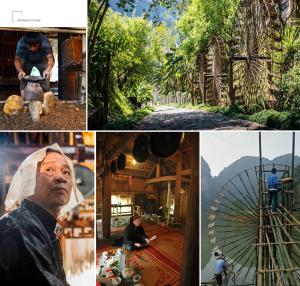Baul had strictly been passed down in oral form as of the late 19th century. Their members consist mostly of Vaishnava Hindus and Sufi Muslims. The tradition was not written down until recent because many practicing Baul meant to leave literally nothing behind, including their practices of speaking of esoteric Bengali mysticism. The Bauls often live without family and wonder to practices of new approaches to divinity. From the outside, this can mean breaking the threshold of traditional religious ceremonies and beliefs. Since 2005, the Baul tradition of Bangladesh is listed as one of Masterpieces of the Oral and Intangible Heritage of Humanity by Unesco. The Baul songs represents the mind and body of the practitioner. Often times Baul musicians will have a single string instrument called Ektara on one hand and Bengalis style drum Duggi on the other enchanting about the human spirituality and the divine. Some have regarded Baul practitioners of having divine spirits, and others have interpreted them to be crude or blasphemous. However, the world needs Baul to interpret their own ceremonies for themselves as they stand as the only oral tradition of Bengalis mysticism. The community often rallies around them and hears their message about Bengali life. References: ICH UNESCO, Wikipedia, Arachive.is web (https://archive.is/20120729054639/ http://www.emahomagazine.com/2011/07/bauls-of-bengal-liberation-seekers/)
03-07-2019

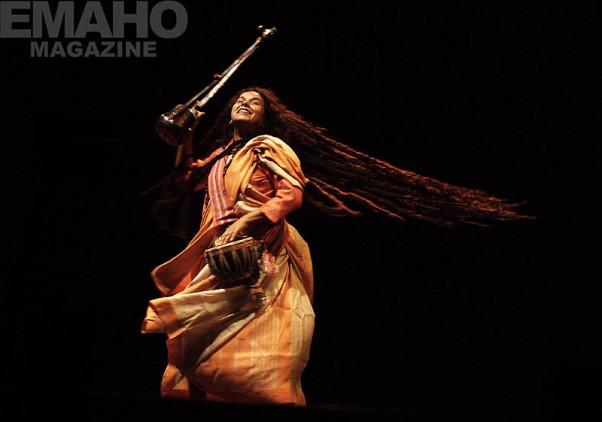
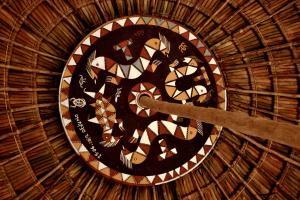
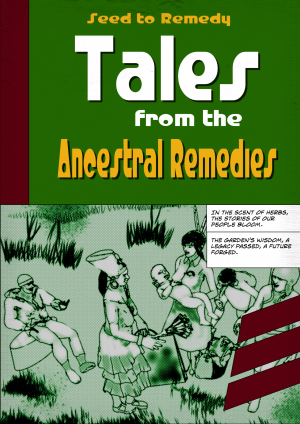
.jpeg)
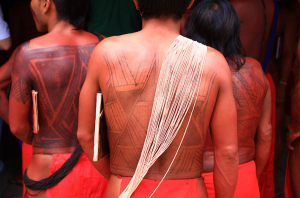
.jpg)
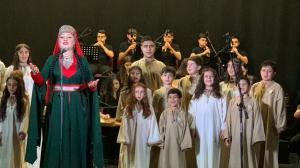
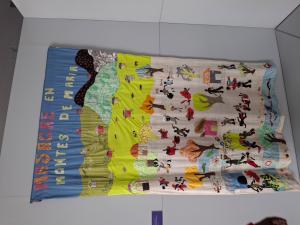

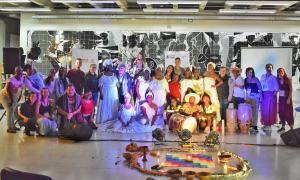
.png)
.jpg)















_(31711258567).jpg)

















